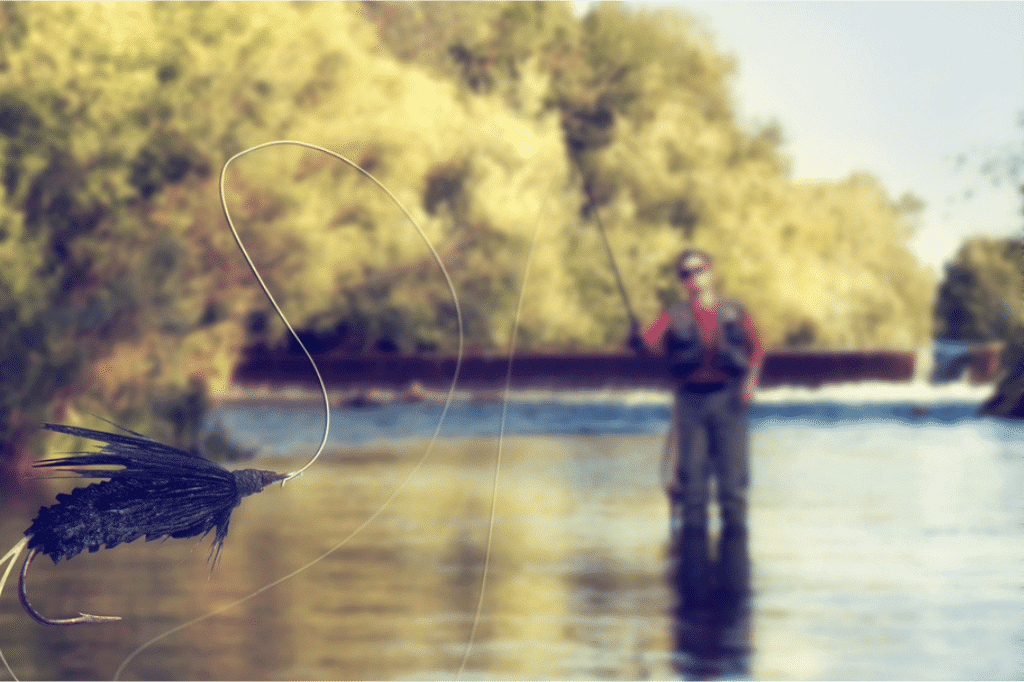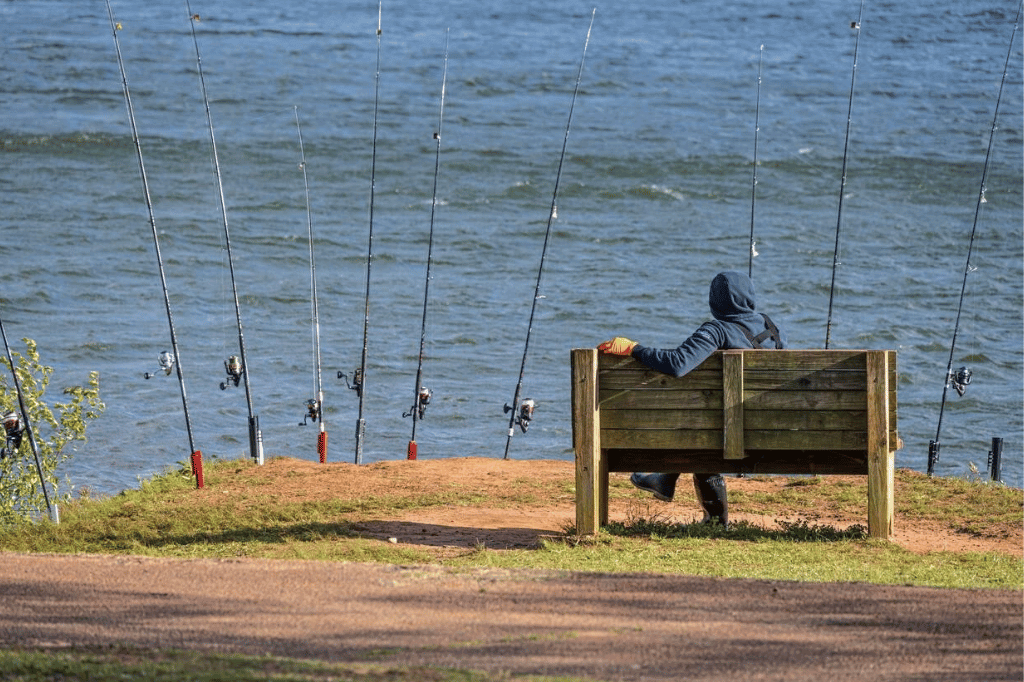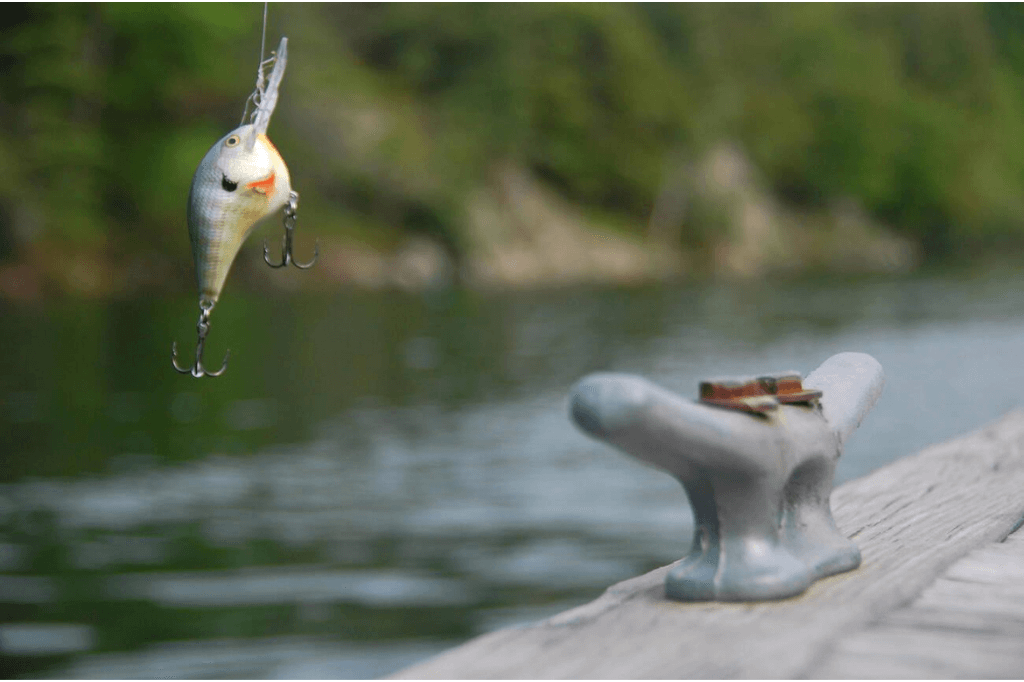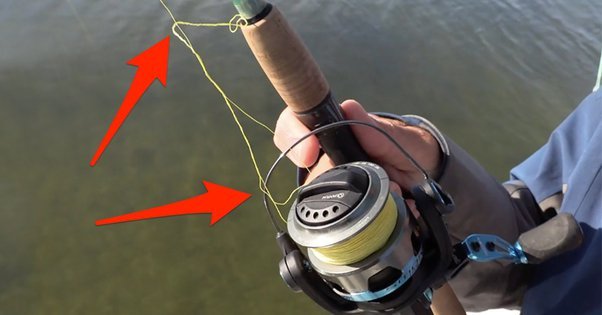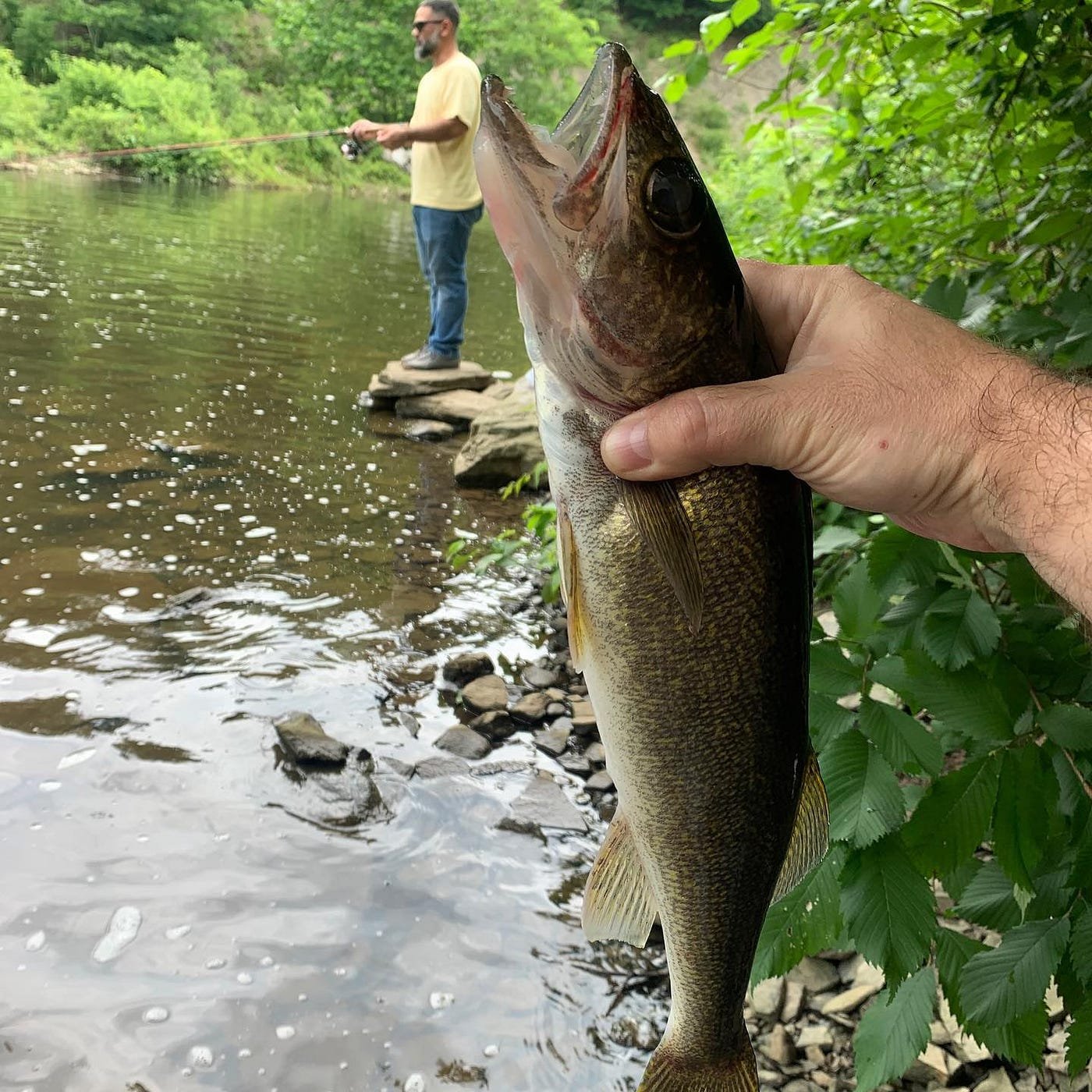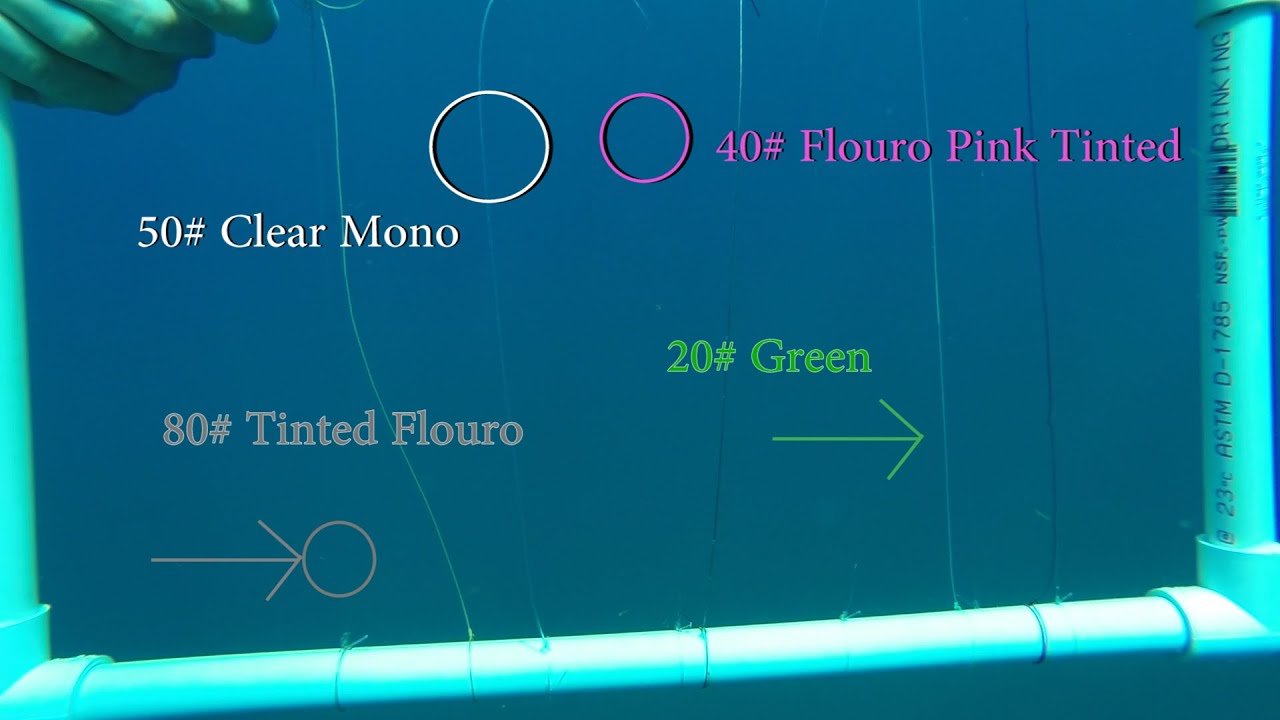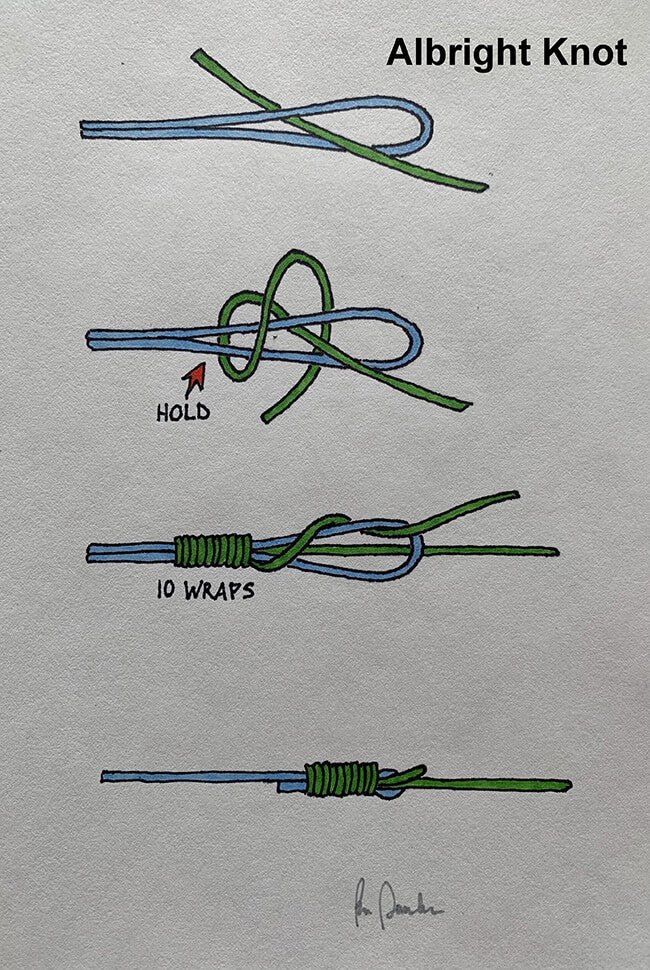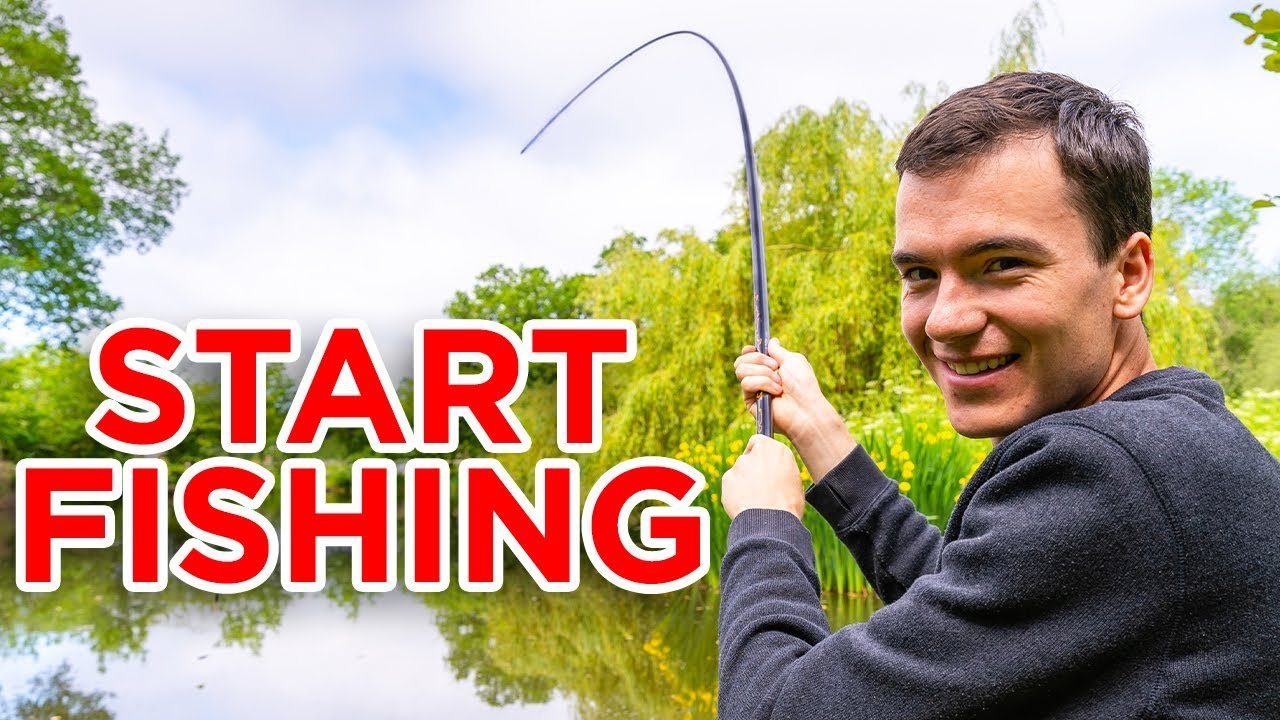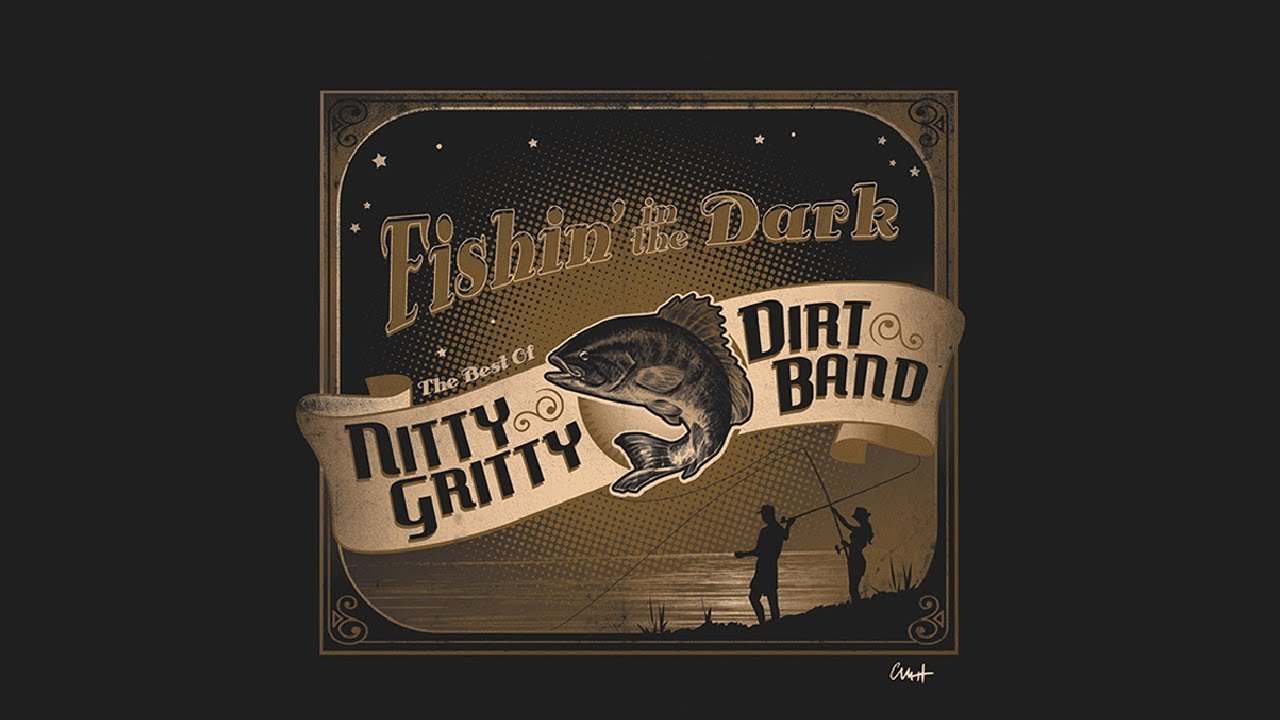Engaging in bass fishing offers enthusiasts both competitive sport and recreational pastime, with its popularity anchored in the challenge it presents and the relaxation it offers amidst nature. This form of fishing has also spurred a significant sporting industry, with tournaments and countless products from rods to specialized lures dedicated to bass fishing.
With a focus on technique, location, and timing, anglers eagerly pursue the largemouth, smallmouth, and spotted bass, which are the most commonly targeted species. The sport’s appeal lies not just in the catch, but in the skillful blend of patience, strategy, and knowledge of the bass’s behavior, which can lead to the thrill of a successful, rewarding catch.

Different Types Of Bass
Largemouth Bass
The largemouth bass is a prize catch for many fishermen. Recognized by its large mouth extending past its eyes, this bass is a top find in North American waters. Its greenish body with a dark stripe is its trademark look. The largemouth bass prefers still, vegetated waters where it can ambush prey. Here are some key points about the largemouth bass:- Weight: Can grow up to 20 pounds.
- Length: Typically reaches up to 29 inches.
- Location: Found in lakes and slow-moving streams.
Smallmouth Bass
Often found in clearer, cooler waters, the smallmouth bass is another angler’s favorite. It’s easy to spot with its brown to olive green body. Unlike its larger cousin, its mouth doesn’t extend past the eye. This agile fish loves rocky substrates and flowing streams.| Smallmouth Bass Facts | |
|---|---|
| Weight | Usually less than 12 pounds |
| Length | Often 16-24 inches |
| Favorite Spots | Rivers and rocky areas |
Spotted Bass
The spotted bass, a relative of the largemouth, also offers an action-packed experience. It gets its name from the rows of spots along its greenish sides. This species loves a mixture of habitats, including streams and reservoirs with clean water. Key aspects of the spotted bass:- Slightly smaller than the largemouth.
- Favors current in both rivers and lakes.
- Adaptable to different environments.
Choosing The Right Equipment
Rods And Reels
Selecting the right rod and reel is step one. A light rod allows for precision, while a heavier one provides more power. A medium power rod is a safe starting point. It is versatile and helpful in various situations.| Rod Type | Use Case | Advantages |
|---|---|---|
| Spinning Rod | Light lures and baits | Easy to use, great for beginners |
| Baitcasting Rod | Heavy lures and lines | More control, suits experienced users |
Lines And Lures
The right line and lure combo can attract more fish. A thinner line is less visible in the water but is also weaker. A thicker line is stronger but more noticeable. You will need to balance these factors based on the clarity of the water and the size of the fish.- Monofilament: Stretchy and forgiving, ideal for beginners.
- Fluorocarbon: Nearly invisible and strong, perfect for clear water.
- Braided: Thin and strong, suits long casts and heavy cover.
- Crankbaits: Dive deep, mimic small fish.
- Spinnerbaits: Flashy, good in vegetation.
- Plastic Worms: Versatile, mimic live bait.
Location And Habitat
Freshwater Lakes
Bass find sanctuary in the still waters of freshwater lakes. These environments often feature a mix of open water and vegetated edges, perfect for bass to feed and hide.- Deep water: For cooler temperatures and oxygen-rich environments.
- Weedy areas: Provide cover for bass to ambush prey.
- Structures like logs, rocks, and docks: Ideal for bass to congregate.
Rivers And Streams
Rivers and streams present a dynamic habitat for bass. Here, moving water shapes the landscape, creating diverse fishing spots.| Feature | Benefits |
|---|---|
| Current breaks | Bass rest and seek food with less energy. |
| Deep pools | Escape from strong currents and summer heat. |
| Oxygen-rich waters | Supports a healthy ecosystem for bass. |

Techniques For Bass Fishing
Casting And Retrieving
Casting and retrieving is the backbone of bass fishing. Properly mastering this technique can make a significant difference in your success rate. Start with understanding the basics:- Choose the right gear: Rod length, reel type, and line weight matter.
- Practice casting: Aim for accuracy and distance to reach prime spots.
- Vary your retrieve: Mix speeds and patterns to mimic live prey.
Flipping And Pitching
Flipping and pitching allow you to quietly present the bait in tight spaces. Follow these steps:- Shorten the line: Keep it to a rod’s length for flipping or a bit longer for pitching.
- Use wrist motion: This keeps the bait low and silent upon entry.
- Target cover areas: Go for submerged logs, rock piles, or vegetation.
Topwater Fishing
Topwater fishing excites with explosive strikes at the water’s surface. To execute this thrilling technique:| Time of Day | Bait Selection | Technique Tips |
|---|---|---|
| Early Morning or Dusk | Poppers, Frogs, Walkers | Imitate wounded prey with erratic movements |
| Overcast Days | Stick Baits, Buzzbaits | Create noise and ripples to attract bass |
Seasonal Patterns
Spring
As waters warm, bass shake off winter’s chill and begin their pre-spawn dance. They move from deep areas to shallower, warmer waters.- Use slow-moving baits to mimic easy prey.
- Focus on areas with sun exposure as bass seek warmth.
- Spawn beds in shallow water become hotspots.
Summer
Summer’s heat pushes bass to find comfort. Mornings and evenings offer prime fishing windows.- Target structures like docks and weed beds for shade-seeking bass.
- Topwater lures excite bass during cooler periods.
- Deeper water offers bass relief from midday heat.
Fall
Cooling temperatures signal bass to feed heavily before winter. They chase baitfish with vigor, making it a dynamic fishing season.- Look for baitfish schools; bass won’t be far.
- Crankbaits become effective as bass are on the move.
- Shallow waters remain a focus as bass hunt.
Winter
Colder water slows bass metabolism. They seek deeper areas with stable temperatures, becoming less active.| Slow Your Approach | Finesse techniques yield better results in the lethargic winter waters. |
| Deep Dive | Focus on deeper structures where bass find thermal refuge. |
| Patience Pays | Give each cast plenty of time, as bass are slower to strike. |

Famous Bass Fishing Destinations
Lake Fork, Texas
Lake Fork remains a legend for any bass angler’s bucket list. Record-breaking catches have their home in this reservoir. Remarkable for its trophy bass, Lake Fork consistently produces double-digit weights, making it a highly sought-after destination.Lake Okeechobee, Florida
Next in line is Lake Okeechobee, known as ‘The Big O’ by those who frequent its waters. Its vast expanse allows for a diverse habitat with an abundant bass population. Anglers here often catch heavyweights amidst the backdrop of Florida’s stunning wetland scenery.Clear Lake, California
Out West, Clear Lake holds a pristine allure. It boasts clear waters and healthy vegetation providing the perfect grounds for a competitive population of largemouth bass. With its rich bass fishing history, Clear Lake promises not just catches, but stories worth sharing. Whether it’s the legendary stature of Lake Fork, the vastness of Lake Okeechobee, or the natural beauty of Clear Lake, these havens offer memorable journeys and the potential for the catch of a lifetime. Embark on a bass fishing adventure and write your own history at these illustrious waters.
Frequently Asked Questions On Bass Fishing
What Is The Best Bait For Bass Fishing?
Live bait like shiners or crawfish often attracts bass effectively. Artificial lures such as spinnerbaits, plastic worms, and crankbaits are also popular choices among anglers for bass fishing.
What’s The Best Way To Fish For Bass?
Use varied techniques depending on the season and water conditions. Opt for live bait in colder temperatures, and switch to plastic worms or lures that mimic local prey in warmer waters. Always adapt your strategy to the bass’s feeding patterns and habitat.
What Month Is Best For Bass Fishing?
Spring, particularly April and May, are the best months for bass fishing as the fish are active and spawning.
What Is Basics Of Bass Fishing?
Bass fishing involves targeting freshwater black bass species. Fundamental tactics include casting lures or live bait and mastering various retrieval techniques. Key equipment includes a suitable rod, reel, and tackle specific to bass habits and habitats. Understanding bass seasonal patterns boosts success rates.
Conclusion
Mastering bass fishing takes patience, practice, and know-how. Our tips and tricks, shared throughout this article, aim to elevate your angling adventures. As you cast your line and wait for that thrilling tug, remember to enjoy the serenity and challenge of the sport.
Embrace every cast – the next one could land you the catch of a lifetime. Happy fishing!













